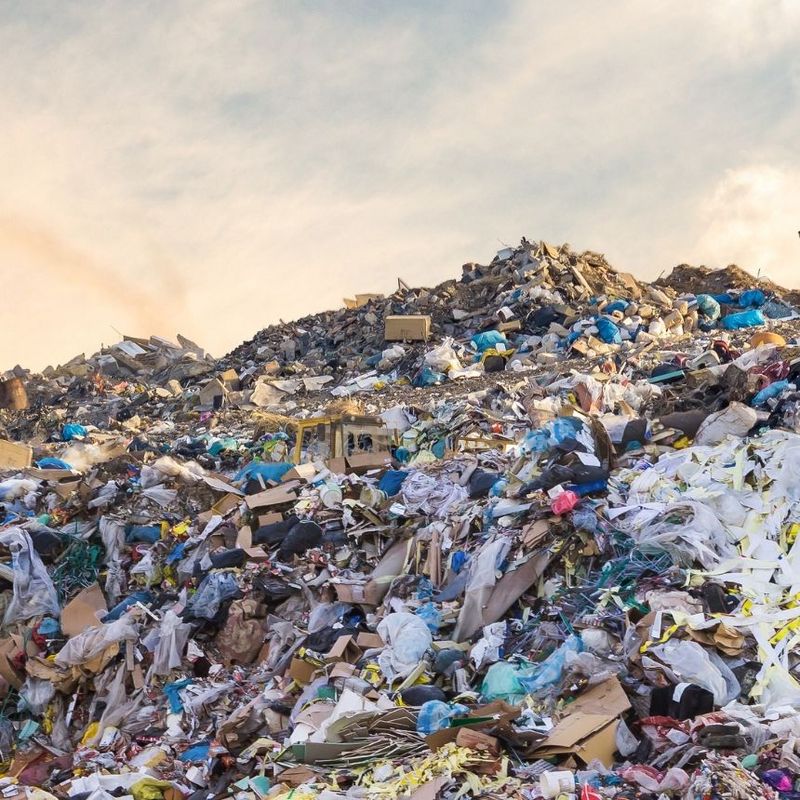15 September 2022
With a combination of drought, forest fires and dying trees, climate change is causing severe problems for the world’s forests. And Germany is no exception. Alexandra Nuske from TÜV NORD CERT explains how forests can become more resilient in the face of climate change and what role can be played in the process by the climate standard for forests (Wald-Klimastandard).
#explore: What specific consequences does climate change have in store for our forests?
Alexandra Nuske: The most serious problems include the lack of precipitation that we’ve been seeing on an ever-greater scale in recent years. These periods of drought lower the groundwater level. This leads to what we call drought stress, which makes trees susceptible to bark beetles, other insects and fungi, which can damage or even kill them. And drought also increases the risk of wildfires, which are becoming an ever more serious problem. This has become all too starkly apparent this year.
#explore: How can we defend our forests against climate change?
Alexandra Nuske: The decisive factor is the abandonment of monocultures with trees that need a lot of water – in other words, going over to mixed forests with at least three, if possible even four species of tree on one patch of ground. This will reduce the risk associated with the failure of one tree species to thrive as expected in a given location. We will then need to look specifically at which trees are going to be able to cope with a warmer and drier climate.
#explore: Which tree species could come into consideration here?
Alexandra Nuske: Some foresters in Germany have already had good results with sweet chestnut trees, for instance, which are actually indigenous to the Mediterranean. So, it’s entirely possible to strike out in new directions here. Indigenous species like the oak and the beech can also manage perfectly well on dry ground, however. But we are going to have to say goodbye in many places to trees that need a lot of water – the spruce being one of the thirstiest. There isn’t a single patent recipe for all of Germany’s forests, though: which trees will grow well or less well depends on the local conditions, which can differ even within a single area of managed forest. Forest owners or foresters are usually best placed to know what can grow in their forests. But they can also seek scientific advice: from the decision support systems provided by the forestry research institutes which can offer specific proposals as to which tree species they can plant at a given location.
About
Alexandra Nuske is a senior auditor for forest climate protection projects at TÜV NORD CERT. The forestry research scientist has as her focus the global CO2 certification of forest climate projects.
#explore: Where does the forestry climate standard come into all this?
Alexandra Nuske: Many of Germany’s forest owners have only very small pieces of land. If the entire forest is damaged by bark beetles, enormous investment sums will be needed to reforest it. Many of them don’t have the financial means available to state forests or large-scale forest owners. Which is why some of them are turning to natural rejuvenation; in other words, to the seeds which naturally fall from the surrounding trees. But if the only tree species growing around these damaged areas of forest is the spruce, in a few years’ time they will end up with the same tree population and the same issue. The aim of the forestry climate standard is to offer a financial incentive to forest owners, including smaller ones, to convert their holdings to forests that will be more resilient to climate change by allowing them to finance the conversion using the CO2 certificates that are generated in the process.
#explore: What distinguishes the forest climate standard from previous climate certificates for forests?
Alexandra Nuske: In Germany, for instance, a spruce plantation which has been ravaged by bark beetles must be reforested after just a few years. Reforestation with spruce, for instance, wouldn’t be certifiable – because it wouldn’t generate any added value in terms of biodiversity and CO2 sequestration, but would merely restore the status quo ante. And forest owners have to provide evidence of any added value of this kind created in their specific situation by converting to a more resilient and diverse tree population. Previous methods defined by other standards are highly generalised, which means that they can basically be applied anywhere. However, every certification project requires land-specific adaptations. This is a very protracted and expensive process. Which is why the forest climate standard has the aim of creating a basic framework for every forest owner in Germany which would only require the feeding in of a few local data, making it as easy as possible to actually initiate such forest conversion projects.
#explore: Who created the standard, and how far has it developed?
Alexandra Nuske: The forest climate standard was the brainchild of the Ecosystem Value Association (EVA). This body started out by drafting a basic version to which stakeholders in the forestry, market, scientific and technical fields contributed their input in the context of a Forest Climate Committee, alongside some NGOs and quasi-governmental organisations. In August, the third draft was released for public consultation. The comments on the draft are being collated and evaluated, and the standard will be adapted on that basis. A test version should be ready by the end of the year for trials in a pilot phase. As certifiers, we will be paying close attention in this phase to determine whether all the criteria can actually be reviewed in a sound and transparent way.
#explore: How will this kind of certification work exactly?
Alexandra Nuske: To start with, we will be commissioned by the EVA to review a forestry project. We’ll then scrutinise the project documentation before going on to carry out an on-site audit of the forest itself. Are the tree species the same as those stated in the project description? Are the scenarios for the forest’s CO2 balance plausible? We always take great pains to ensure that all CO2 calculations are conservative – in other words, we prefer to underestimate rather than overestimate. This is the best way to be on the safe side. Any aspects which aren’t clear to us or don’t seem correct must then be revised and corrected by the project developers. After an internal audit using the dual control principle, we then draft the final report. The forest owners can publish this in the EVA’s register to allow them to offer their certificates on the market. It goes without saying that the development of the forestry project is also monitored thereafter. On the one hand, we envisage continuous monitoring, for example using aerial photography or satellite images. On the other, an independent certifier like TÜV NORD will carry out a fresh inspection three or five years later, for instance. After all, the actual aim of the thing is to ensure that these forests grow. To protect the climate and for all of us who would like to roam around in them.




